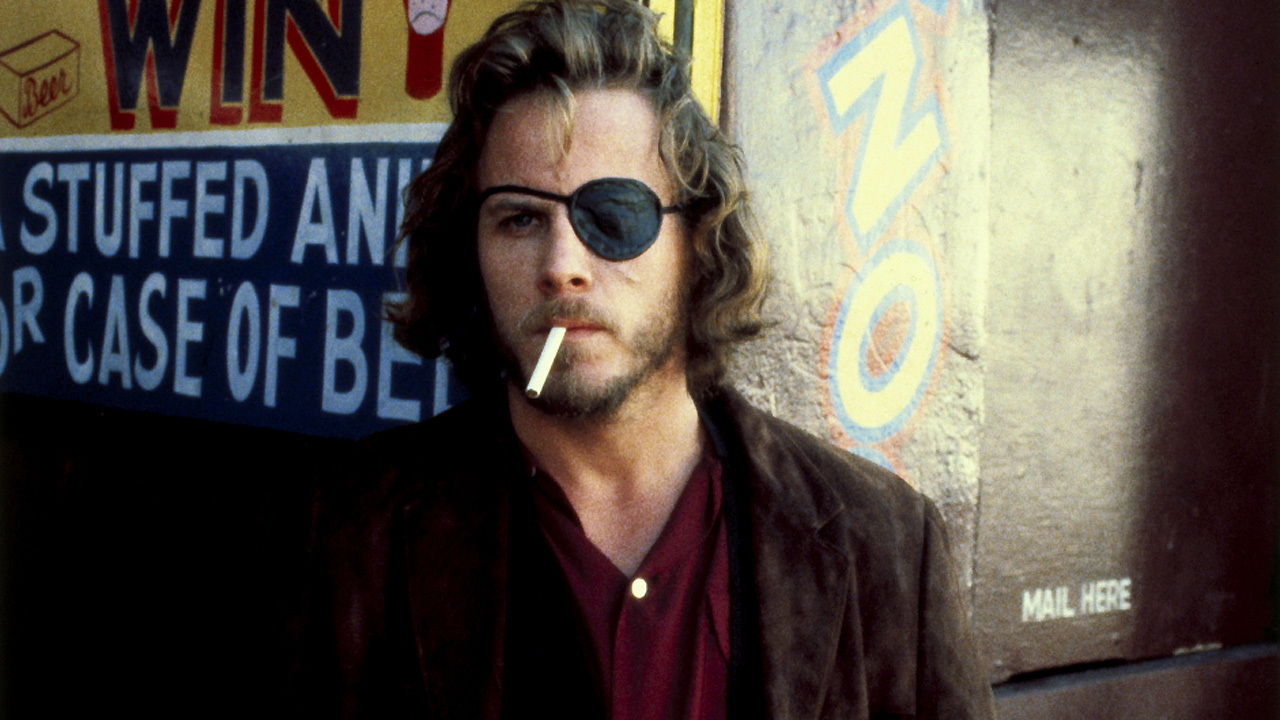
There are so many films made throughout the decades, it’s impossible to watch all of them. But this also becomes a challenge and a hunt for the cinephile to unearth obscured treasures in this landslide of material, and by raking the past thoroughly, there is much left to be discovered.
For the film fan that feels they have already seen everything, take heart: there is always another genre to investigate, or country to survey, or cult film to discover. Whether moving drama, outre musical, foreign comedy, or completely bizarre oddity, fans of the art form of film have a galaxy of movies left to discover. Here are 10 choice selections from the totally awesome 1980s you may not have seen yet.
1. Forbidden Zone (1980)
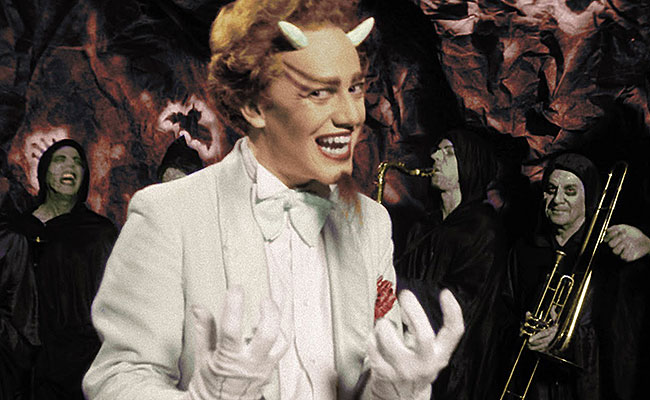
In the basement of her family’s house, Frenchy goes through the entrance of The Forbidden Zone, a hellish world located in the 6th dimension. There, she is imprisoned by the jealous queen and her brother and father enter this bizarre place to try and rescue her; they too are captured and thrown into the septic tank.
So her classmate Squeezit, who acts like a chicken, enters The Forbidden Zone and cuts a deal with the Devil to bring him the perpetually topless Princess in exchange for his friends’ freedom, but gets his head cut off instead. Not that this stops him from being alive, of course.
Sound strange? That’s not even the half of what Forbidden Zone offers: this musical fantasy comedy was the first film of actor-musician Richard Elfman, who pieced the film together from several routines his musical theatre troupe The Mystic Knights of the Oingo Boingo.
Drawing its visual inspiration and tone from old Fleischer and Warner Bros. cartoons, Forbidden Zone has been referred to as “the Citizen Kane of cult films.” And it’s a wild ride: a grotesque world filled with bizarre characters and a soundtrack mixed with 1930s standards and New Wave-era Oingo Boingo songs (and scored by Danny Elfman, Richard’s brother and who would shortly thereafter take over Oingo Boingo), Forbidden Zone is a cult film fan’s dream find. Originally released in black-and-white, a colorized version is now widely available, which only adds to the visually dynamic and off-the-wall nature of this movie.
2. Cutter’s Way (1981)

After his car breaks down in an alleyway, part-time gigolo Bone (Jeff Bridges) witnesses something, perhaps a body, being dumped in a trashcan. The next day, garbage men find a woman’s body there, and with Bone’s car parked nearby he becomes a suspect in the murder. But one day while watching a parade with his friend Cutter (John Heard)–a one-eyed, one-armed Vietnam vet–Bone thinks he spots who did it: local oil magnate JJ Cord.
From there, Cutter begins to spin a conspiracy theory around this suspicion, eventually developing a plan to blackmail Cord and then turn him into the police. But Cord doesn’t take kindly to blackmail, and the film begins to burn quickly towards its tragic finale.
Cutter’s Way is a noir film awash in Southern Californian sunlight, and its bright aesthetic contrasts the darkness in its characters’ souls. A commentary on the malaise that swept across America post-Watergate and after the Vietnam War, Cutter’s Way suggests that the ideals of a generation looking for peace and love have crumbled in the face of a harsher reality.
Cutter himself is an angry, physically broken man while Bone lacks character and courage; Cutter’s wife Mo (in a fantastic performance by Lisa Eichhorn) is a bitter alcoholic. None of them are even 40 but seem defeated by life–which is perhaps why Cutter becomes so obsessed with a figure like Cord: he’s a wealthy, powerful businessman emblematic of the cruel forces of American life that chew up and discard people like Cutter, Bone, and Mo.
An underseen masterpiece, Cutter’s Way takes a look at a difficult era in American history where the last remaining shreds of the counterculture movement were being discarded and the recent past was quietly being locked away in favor of a brighter future–one in which people who continued to be uncomfortable reminders of that past were pushed into the shadows of the sunlight.
3. Dark Night of the Scarecrow (1981)
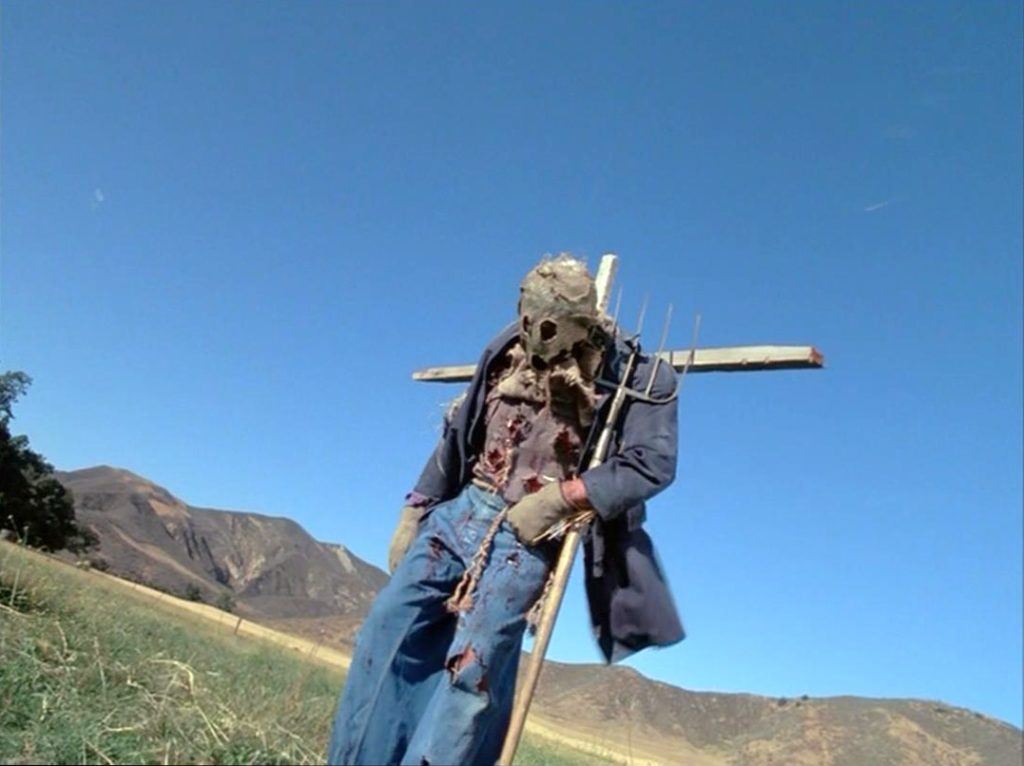
In the Deep South, developmentally challenged man Bubba Ritter maintains a close friendship with young girl Marylee, which makes many adults in his town uncomfortable, most off all the mean-spirited postman Otis. When Marylee is severely injured by a dog attack, Bubba saves her, but the townsfolk conclude that it was Bubba who had raped and murdered the girl.
Gathering a posse, Otis and company go after Bubba that night; his mother dresses him as a scarecrow to hide from them, but he is found and summarily executed. Returning to town, Otis finds out that Marylee is alive and what actually occurred, so he frames it to look like Bubba had attacked them so they killed him in self-defense.
After being acquitted, a scarecrow begins to stalk the men responsible for Bubba’s death, taking them out one by one. Is it Bubba’s mother hunting down her son’s murderers, or has Bubba returned to exact his revenge?
This cult horror film isn’t particularly graphic but instead gets by on its atmosphere, which accurately replicates the feel of a classic horror film. The first horror movie to have a scarecrow as a central figure, it inspired a niche subgenre that uses this creepy rural fixture to evoke terror. A made-for-TV movie, Night of the Scarecrows has the quality of a big screen feature and is surprisingly violent for something that aired on television in 1981.
4. Ladies and Gentlemen, The Fabulous Stains (1982)
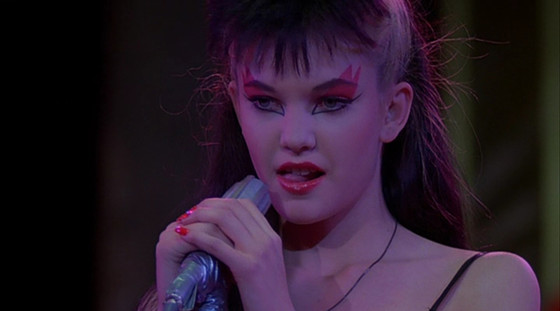
After her mom dies of lung cancer, 17-year-old Corrine has to work at a fast food restaurant to support herself and her sister. Then one night a local TV station interviews her about the town’s faltering economy and Corrine acts flippant towards the reporter and insults her boss on-air, which leads to her losing her job but makes her popular with the local youth.
In a follow-up interview with the station, Corrine continues her belligerent attitude and casually mentions that she has a punk band called The Stains. She doesn’t, but after conning a local promoter Corrine gets her band signed to an upcoming tour as the opening act. The rest of the film details her band goes from being just an idea to an actual group, leading Corrine and The Stains to success in the punk rock world.
Never garnering a wide release, Ladies and Gentlemen, The Fabulous Stains began to pick up an audience when it began to air in 1984 on USA’s Night Flight, a counterculture block of programming that aired during the weekend on the cable network. Becoming a cult film thereafter, the film inspired a generation of young female punk fans who took notice that a vocal woman with attitude and a point of view can be heard over the boys in the music scene.
5. Tales From The Gimli Hospital (1985)
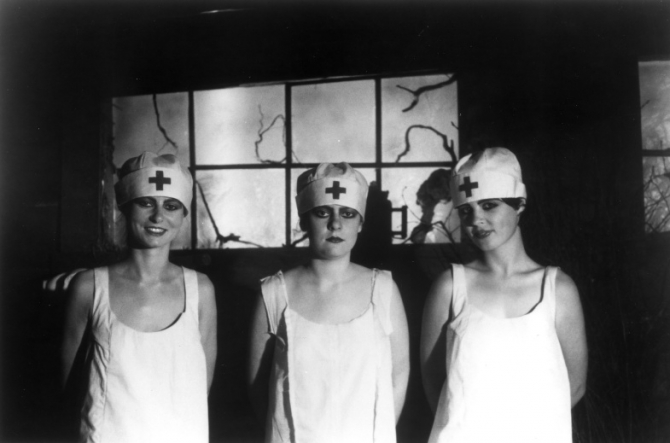
Somewhere in the distant past, Einar is admitted to Gimli Hospital–which is built over a stable–to treat his smallpox and is happy to see the familiar face of his neighbor Gunner. However, their friendship turns into a rivalry as they begin to compete for the affections of the nurses attending to them. Then the film takes one strange turn after another, from surreal stories the men tell about necrophilia and theft to fires being put out with milk to strange wrestling matches.
If the reader is familiar with the work of Guy Maddin, this may sound like par for the course, but for those unfamiliar with the surreal Canadian director, Tales From The Gimli Hospital is a good place to start.
It was a hit on the midnight movie circuit, gathering acclaim and and establishing Maddin as a notable figure on the independent film scene. His first feature film is a solid guidemap to the strange world he would spend the rest of his career detailing, which seems permanently trapped in a 1930s Canadian fever dream.